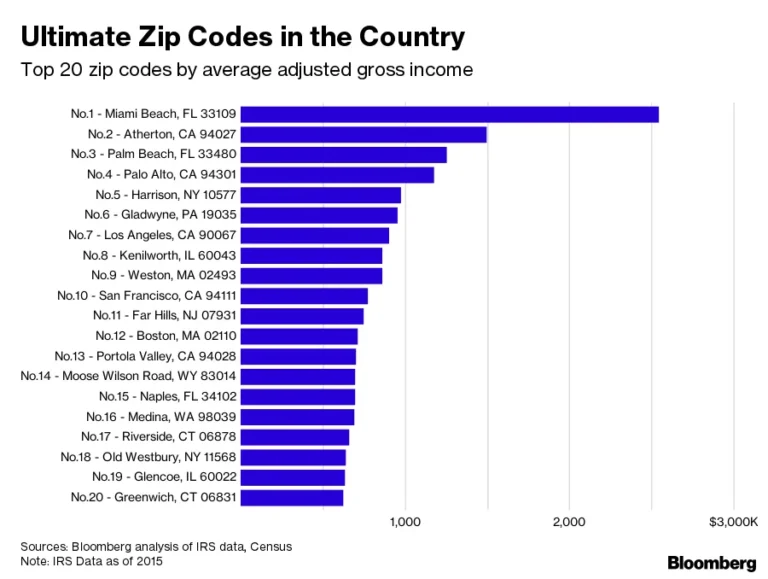Table of Contents
ToggleIn the dynamic world of real estate, making informed decisions is crucial for both buyers and sellers. One of the most effective tools in achieving this is the Comparative Market Analysis (CMA). This article delves deep into CMA real estate, exploring its significance, processes, benefits, and the role it plays in the property market.
What is CMA in Real Estate?
CMA real estate stands for Comparative Market Analysis in the real estate sector. It is a method used by real estate professionals to determine the current market value of a property. By analyzing recent sales data of similar properties in the same area, a CMA provides an estimate of a property’s fair market price. This tool is essential for setting listing prices, making competitive offers, and negotiating deals.
A CMA considers various factors, including property size, location, condition, features, and recent sales trends. Unlike a formal appraisal conducted by a licensed appraiser, a CMA is typically prepared by a real estate agent using their expertise and access to market data.
Importance of CMA in Real Estate Transactions
The CMA real estate analysis plays a pivotal role in both buying and selling processes. For sellers, a CMA helps in setting a realistic listing price, ensuring the property is neither overpriced nor undervalued. Overpricing can lead to extended time on the market, while underpricing might result in financial loss.
For buyers, a CMA provides insights into the fair value of a property, aiding in making competitive yet reasonable offers. It also helps in understanding market trends, such as whether it’s a buyer’s or seller’s market, which can influence negotiation strategies.
Moreover, a CMA enhances transparency between buyers and sellers, fostering trust and facilitating smoother transactions. By relying on data-driven insights, parties can make informed decisions, reducing the likelihood of disputes and ensuring a fair deal for all involved.
How to Conduct a CMA for Real Estate
Conducting a CMA real estate analysis involves several steps, each critical in ensuring the accuracy and reliability of the valuation:
1. Gather Property Information
- Details of the Subject Property: Collect comprehensive information about the property in question, including size, number of bedrooms and bathrooms, age, condition, and any unique features or upgrades.
- Location Factors: Consider the property’s location, proximity to amenities, schools, transportation, and neighborhood characteristics.
2. Identify Comparable Properties
- Recent Sales: Look for properties that have been sold recently (typically within the last six months) and are similar in size, type, and location.
- Active Listings: Analyze current listings to understand the competition and current market demand.
- Expired or Withdrawn Listings: These can provide insights into pricing strategies that did not work, helping to avoid similar pitfalls.
3. Analyze Market Conditions
- Supply and Demand: Assess the balance between available properties and buyer interest.
- Market Trends: Examine trends such as price movements, days on market, and seasonal variations.
- Economic Indicators: Consider factors like interest rates, employment rates, and economic growth that can influence the real estate market.
4. Adjust for Differences
- Property Features: Adjust the prices of comparable properties based on differences in features, condition, and upgrades compared to the subject property.
- Time Adjustments: If there is a significant time gap between the sale of comparables and the current date, adjust for market appreciation or depreciation.
5. Calculate the Value
- Price per Square Foot: Determine the average price per square foot from comparables and apply it to the subject property.
- Weighted Averages: Assign weights to different comparables based on their similarity and relevance to the subject property.
- Final Valuation: Synthesize the adjusted values to arrive at a comprehensive estimate of the property’s market value.
6. Prepare the CMA Report
- Detailed Documentation: Present the findings in a clear and organized manner, including data tables, charts, and narrative explanations.
- Visual Aids: Incorporate photographs and maps to illustrate property features and locations.
- Professional Presentation: Ensure the report is polished and professionally formatted to instill confidence in the analysis.
Benefits of Using CMA in Real Estate
Utilizing a CMA real estate analysis offers numerous advantages for all parties involved in a transaction:
1. Accurate Pricing
- Ensures properties are priced based on current market conditions and comparable sales, reducing the risk of overpricing or underpricing.
2. Informed Decision-Making
- Provides buyers and sellers with essential data to make strategic decisions, enhancing confidence in the transaction process.
3. Time Efficiency
- Speeds up the buying and selling process by providing clear pricing guidelines, leading to quicker negotiations and closures.
4. Competitive Edge
- Equips real estate agents with the necessary tools to advise clients effectively, setting them apart in a competitive market.
5. Market Insights
- Offers a deeper understanding of market trends and dynamics, helping stakeholders anticipate changes and adapt strategies accordingly.

6. Reduced Risk
- Minimizes the chances of disputes and renegotiations by establishing a transparent and data-driven valuation framework.
Common Mistakes to Avoid in CMA Real Estate Analysis
While a CMA real estate is a powerful tool, certain pitfalls can undermine its effectiveness. Here are common mistakes to avoid:
1. Ignoring Recent Sales
- Relying on outdated sales data can lead to inaccurate valuations. Always prioritize recent transactions to reflect current market conditions.
2. Overlooking Property Differences
- Failing to account for differences in property features, condition, or location can skew the analysis. Ensure adjustments are made for these factors.
3. Using Inadequate Comparables
- Selecting properties that are not truly comparable in size, type, or location can compromise the CMA’s accuracy. Choose comparables that closely match the subject property.
4. Neglecting Market Trends
- Ignoring broader market trends, such as economic shifts or seasonal fluctuations, can result in mispricing. Incorporate these elements into the analysis.
5. Underestimating Local Factors
- Local amenities, school districts, and neighborhood developments can significantly impact property values. Consider these local factors in the CMA.
6. Overcomplicating the Analysis
- While thoroughness is important, making the CMA overly complex can obscure key insights. Strive for a balance between detail and clarity.
The Role of Real Estate Agents in CMA
Real estate agents are instrumental in conducting CMA real estate analyses. Their expertise and access to comprehensive market data enable them to provide accurate and insightful valuations. Here’s how agents contribute:
1. Data Access
- Agents have access to Multiple Listing Services (MLS) and other databases that offer up-to-date information on property sales, listings, and market trends.
2. Market Expertise
- Their understanding of local markets allows agents to identify relevant comparables and interpret market signals effectively.
3. Adjusting for Nuances
- Agents can make informed adjustments for property differences, ensuring the CMA reflects the unique aspects of the subject property.
4. Client Guidance
- By presenting the CMA, agents educate clients on market conditions, helping them set realistic expectations and make informed decisions.
5. Negotiation Support
- Armed with CMA data, agents can advocate effectively for their clients during negotiations, supporting pricing strategies with factual evidence.
6. Continuous Updates
- Markets are dynamic, and agents can provide ongoing CMA updates to reflect changes, ensuring strategies remain aligned with current conditions.
Technology and Tools for CMA in Real Estate
Advancements in technology have significantly enhanced the CMA real estate process, making it more efficient and accurate. Key tools and technologies include:
1. Real Estate Software
- Platforms like Zillow, Redfin, and Realtor.com offer tools for generating CMAs, providing access to extensive property databases and analytical features.
2. Data Analytics
- Advanced analytics tools help in processing large datasets, identifying patterns, and making precise adjustments based on various factors.
3. Geographic Information Systems (GIS)
- GIS technology allows for detailed mapping and spatial analysis, aiding in the selection of comparables and understanding neighborhood dynamics.
4. Artificial Intelligence (AI)
- AI algorithms can predict market trends, assess property values, and automate parts of the CMA process, enhancing accuracy and efficiency.
5. Mobile Applications
- Mobile apps enable agents to conduct CMAs on the go, accessing real-time data and client information from anywhere.
6. Virtual Tours and 3D Modeling
- These technologies provide a comprehensive view of properties, assisting in the evaluation of condition and features without physical inspections.
Conclusion
In the realm of real estate, a CMA real estate analysis is indispensable for achieving successful transactions. By providing a data-driven estimate of a property’s market value, CMAs empower buyers and sellers to make informed decisions, set competitive prices, and navigate the complexities of the market with confidence. Real estate agents, equipped with advanced tools and market expertise, play a crucial role in conducting accurate CMAs, ensuring that all parties benefit from transparent and fair valuations. As technology continues to evolve, the CMA process will become even more refined, further enhancing its value in the real estate landscape. Whether you’re buying, selling, or investing, understanding and utilizing a Comparative Market Analysis is a key strategy for success in the ever-changing property market.


















